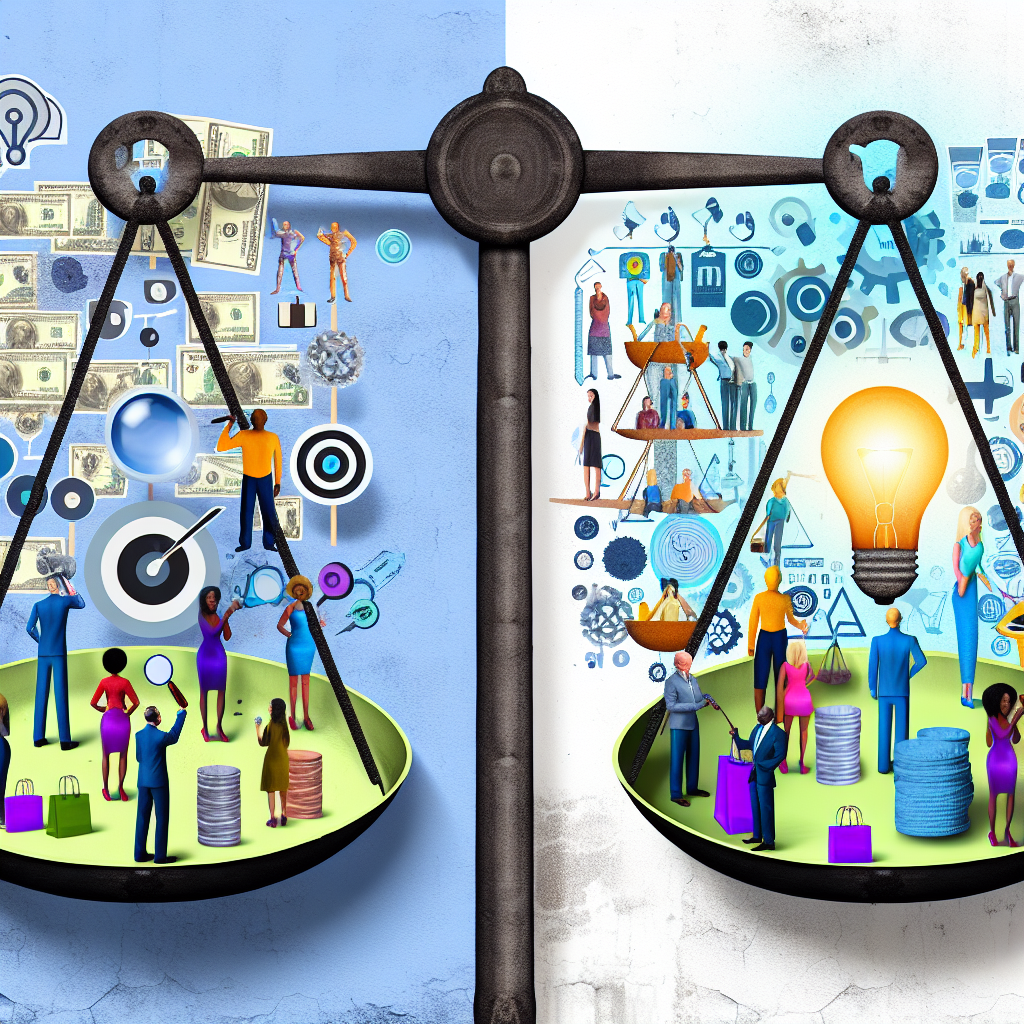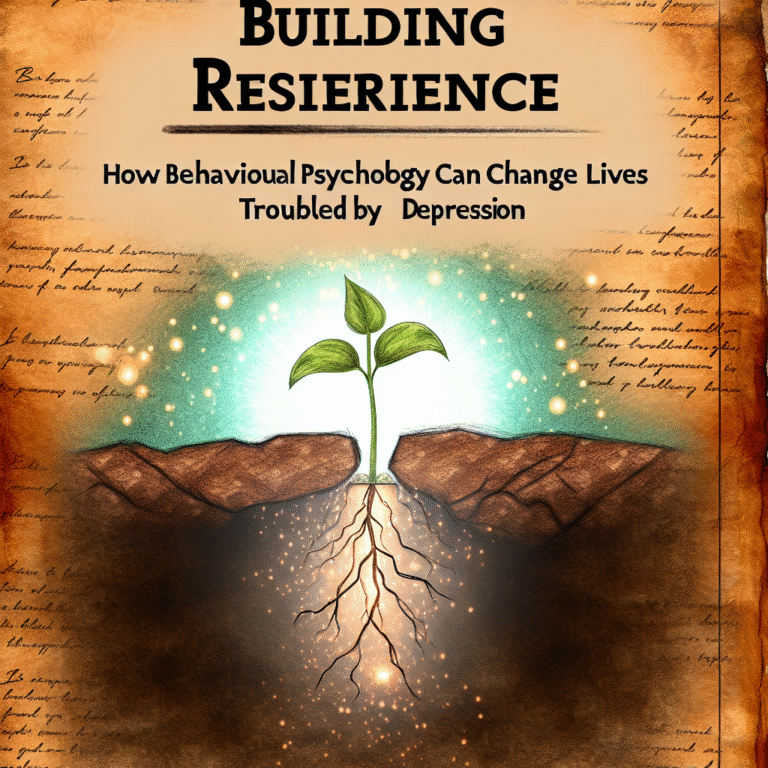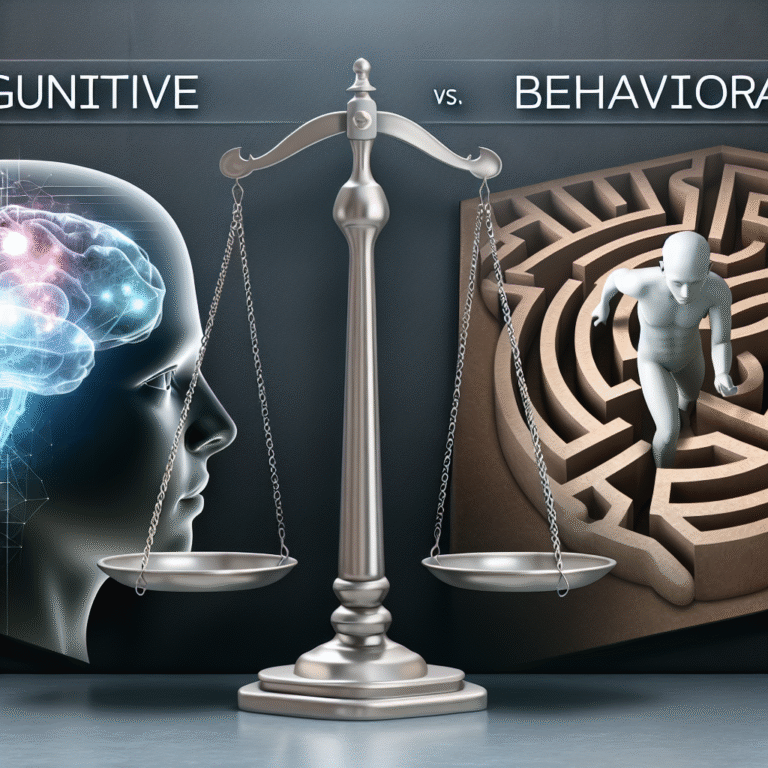
Behavioral Economics Meets Marketing: Essential Strategies for Greater Customer Loyalty
In an ever-evolving marketplace, businesses are striving to connect more deeply with their customers. But what truly drives customer loyalty? As consumers’ choices are often swayed by subconscious impulses and biases, understanding these influences unlocks the potential for incredible customer engagement. This is where the convergence of behavioral economics and marketing shines, offering actionable insights for brands eager to cultivate lasting customer relationships.
Introduction
Imagine walking into a store, drawn not just by your need for a product but also by the allure of a cleverly positioned sale or the promise of a reward for your loyalty. Welcome to the fascinating intersection of Behavioral Economics Meets Marketing: Strategies for Greater Customer Loyalty. By understanding how cognitive biases affect decision-making, brands can tailor their marketing strategies to create emotional connections with consumers. Ultimately, this deep understanding of human behavior can lead to increased customer loyalty, repeat purchases, and even brand advocacy.
The Foundations of Behavioral Economics
What is Behavioral Economics?
Behavioral economics combines insights from psychology and economics to explain why people often make irrational decisions. Unlike classical economics, which assumes individuals behave rationally, behavioral economics recognizes that our choices are influenced by emotional and social factors.
Key Concepts Affecting Consumer Behavior
- Loss Aversion: People feel losses more acutely than gains. For example, a customer may prefer a special offer that prevents them from losing out rather than one that promises a gain.
- Anchoring: Initial pieces of information serve as anchors for our subsequent decisions. For instance, a $100 price tag on a product might seem reasonable next to a $200 item.
- Social Proof: People are influenced by others’ behavior. If potential customers see that a product is heavily reviewed or endorsed, they are more likely to purchase it themselves.
Behavioral Economics Meets Marketing: Practical Strategies
1. Crafting Irresistible Offers
Utilizing loss aversion, companies can create marketing campaigns that highlight what customers stand to lose. For example, a subscription service might send reminders about expiring discounts, prompting consumers to act quickly. According to a study by the University of Chicago, consumers are 70% more likely to respond to offers emphasizing loss than gain.
Case Study: Amazon Prime
Amazon successfully implemented urgency-based strategies. By promoting limited-time offers and emphasizing the benefits of their Prime membership, they encourage consumers to subscribe immediately to avoid missing out. The swift growth of Prime subscribers illustrates how effectively Behavioral Economics Meets Marketing: Strategies for Greater Customer Loyalty can be harnessed to encourage quicker decision-making.
2. Employing Anchoring Techniques
Companies can leverage anchoring by displaying an original, strikethrough price alongside the discounted price. This technique creates a psychological impression of savings, increasing the likelihood of purchase.
Case Study: Old Navy
Old Navy frequently uses this strategy in their marketing campaigns, showcasing a higher regular price next to their sale prices. This anchoring technique has proven effective, leading to an increase in foot traffic and purchase frequency.
3. Nurturing Brand Communities Through Social Proof
Creating a sense of community can significantly enhance brand loyalty. By displaying customer testimonials, reviews, and user-generated content, brands reinforce the idea that their products are popular and trustworthy.
Case Study: Dove
Dove embraced the power of social proof with its "Real Beauty" campaign, showcasing real women and their stories. This inclusion resonated deeply with consumers, leading to increased brand loyalty and sales.
Utilizing Pricing Strategies to Drive Loyalty
4. Implementing Tiered Pricing Models
Tiered pricing allows customers to perceive additional value based on the pricing structure. By offering multiple service tiers, customers can select the best option that suits their needs, often moving towards a higher tier once they realize the value they are getting.
Case Study: SaaS Companies
Many Software as a Service (SaaS) providers utilize tiered pricing effectively. For instance, companies like HubSpot offer several subscription levels, guiding customers to higher-value options through carefully designed features that enhance user experiences.
5. Leveraging Reciprocation
Reciprocation is a powerful psychological principle. When businesses offer something for free—be it a product sample or an insightful content piece—customers often feel obligated to reciprocate by making a purchase.
Case Study: Costco
Costco frequently utilizes this strategy by providing free product samples throughout their stores. This not only heightens customer engagement but also increases sales conversion rates, showcasing a practical application of Behavioral Economics Meets Marketing: Strategies for Greater Customer Loyalty.
Creating Emotional Connections
6. Storytelling in Marketing
Storytelling allows brands to humanize their messaging, making emotional connections with consumers. By sharing relatable narratives and values, companies can evoke powerful emotional responses that lead to increased loyalty.
Case Study: Nike
Nike’s "Just Do It" campaign exemplifies storytelling’s power. By focusing on perseverance and achievement, Nike connects deeply with consumers’ aspirations, cementing loyalty among its customer base.
7. The Role of Personalization
Personalization creates a sense of exclusivity and value. Customers appreciate when brands recognize their preferences and behaviors, often leading to increased loyalty.
Case Study: Netflix
Netflix relies heavily on its algorithm to personalize content recommendations. This tailored experience keeps users engaged and fosters greater loyalty among subscribers, demonstrating effective use of behavioral insights in marketing.
Measuring Success: Data and Analytics
The Importance of Customer Feedback
Data analysis allows brands to evaluate the effectiveness of their behavioral strategies. Gathering customer feedback directly provides insights into what resonates with consumers, enabling brands to tweak their offerings accordingly.
Key Performance Indicators (KPIs)
To understand if behavioral strategies are working, businesses should track metrics such as:
- Customer retention rates
- Average order value
- Customer lifetime value (CLV)
- Engagement levels on social media
Through meticulous analysis, brands can refine their approaches, ensuring they consistently leverage Behavioral Economics Meets Marketing: Strategies for Greater Customer Loyalty.
Motivational Takeaway
As brands continue to navigate the complexities of consumer behavior, understanding behavioral economics is no longer optional; it’s essential. By implementing tailored strategies—recognizing loss aversion, leveraging social proof, and personalizing customer experiences—businesses can cultivate a fiercely loyal customer base.
Conclusion
The marriage of behavioral economics and marketing opens up a realm of possibilities for brands aiming to deepen their connection with customers. As we’ve explored throughout this article, employing these strategies can transform customer transactions into meaningful relationships. Now is the time for businesses to adapt and innovate, allowing the principles of behavioral economics to inform their marketing efforts strategically.
FAQs
What is behavioral economics?
Behavioral economics studies how psychological factors influence economic decisions, often leading to irrational behaviors that differ from traditional economic theories.How can loss aversion improve customer loyalty?
Emphasizing what customers may lose if they don’t take action can motivate them to make purchases more quickly, thus increasing loyalty.Why is social proof effective in marketing?
Social proof reassures customers that they are making the right choice by choosing products that many others have also endorsed.How can personalization enhance customer experiences?
Personalization makes customers feel valued and understood, fostering deeper emotional connections and encouraging repeat purchases.- What metrics should be tracked to assess loyalty strategies?
Key performance indicators like retention rates, customer lifetime value (CLV), and engagement levels can provide valuable insights into the effectiveness of loyalty strategies.
By embracing these insights and innovative strategies, businesses can indeed blend the science of behavioral economics with their marketing efforts to cultivate unwavering customer loyalty. Let the exploration of Behavioral Economics Meets Marketing: Strategies for Greater Customer Loyalty guide you on your journey toward building lasting consumer relationships!
















